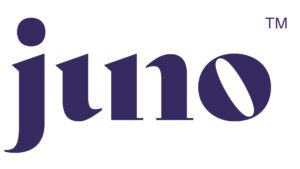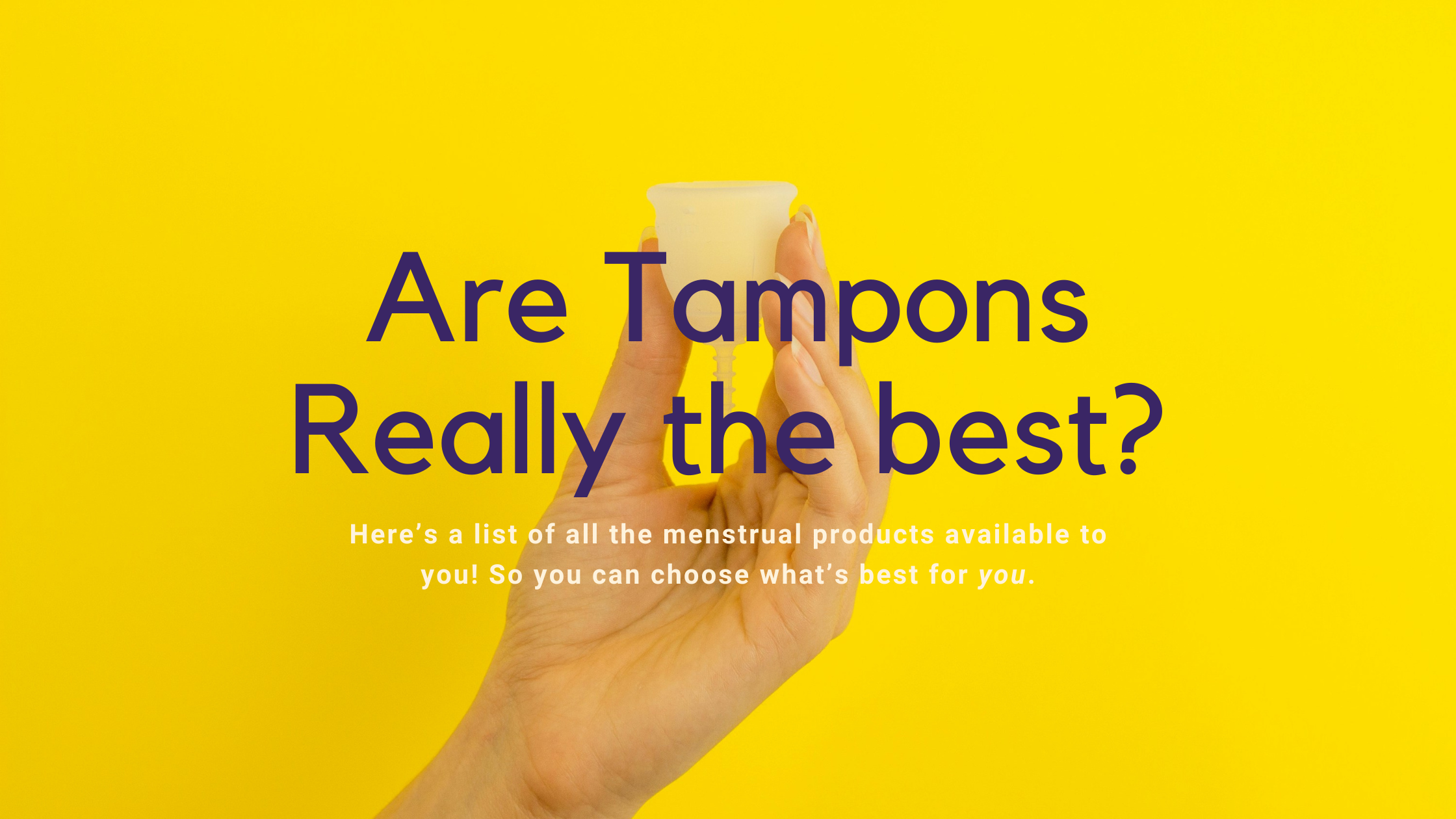Most women start their period around age 12 and menstruate until menopause at approximately 50. That’s over 40 years of menstruation! Since you’ll spend many years managing your period, it’s important to choose menstrual products that suit your needs and lifestyle. Choosing the right product or finding accurate information can be challenging—but don’t worry! We’ve got you covered. This article will explore:
- Different types of menstrual health products, divided into disposable and reusable categories
- Facts to consider about each product
- Tips and tricks for usage
- Breaking the stigma around menstrual products
- Information about Toxic Shock Syndrome (TSS)
Menstrual Health Products: Disposable
Sanitary Pads
Sanitary pads are often the first menstrual product young girls use. They are widely available in pharmacies, convenience stores, and bathroom vending machines. Pads are made of cotton and plastic and come in various sizes to suit different flow levels. However, they can be prone to leakage, may cause rashes from moisture retention (similar to diapers), and can feel bulky, especially for heavier flows.
Tampons
Tampons, like pads, are made from cotton. Unlike pads, tampons are inserted into the body. They come in various sizes with different types of applicators. While tampons offer more discreet protection than pads, they can still leak and carry a higher risk of Toxic Shock Syndrome (TSS) (explained below).
Menstrual Sponges
Menstrual sponges are the predecessors to tampons and have been used for hundreds of years. They can be made from natural sea sponges or synthetic materials. However, they have a lower absorbency and carry a higher risk of TSS. Due to safety concerns, sponges are not approved for sale in the United States.
Facts to Consider about Disposable Products
Recent reports highlight the presence of toxic chemicals and metals in some disposable menstrual products. When choosing tampons or pads, research your options and consider organic products when possible.
Menstrual Health Products: Reusable
According to the David Suzuki Foundation, “single-use menstrual products and packaging are among the most common waste found on beaches and in the ocean.” As society moves toward sustainability, more people are turning to reusable menstrual products. These options help reduce the waste generated by disposable products.
Reusable Pads
Reusable pads are similar to regular pads but can be machine-washed and reused. They often have higher absorbency and feature layers for absorption with a waterproof backing to prevent leaks. Reusable pads come in various sizes and absorbency levels, with adjustable wings or snaps to secure them. With proper care, they can last for several years, making them a cost-effective and eco-friendly choice.
Period Panties
Period panties are specially designed underwear with built-in absorbent layers. They provide leak-proof protection and are available in different absorbency levels. They can be worn alone or as backup protection. Made from breathable fabrics, period panties are washable, reusable, and an environmentally conscious choice.
Menstrual Cups
Menstrual cups are flexible, reusable devices made from medical-grade silicone or rubber. Inserted into the vagina, they form a seal to collect menstrual blood. Cups will hold more fluid than tampons or pads and can be worn for up to 12 hours. They come in various sizes to suit different body types and flow levels. However, if you have an IUD or are prone to prolapse, consult your doctor before using a cup, as the suction could dislodge the IUD or exacerbate cramps.
Menstrual Discs
Menstrual discs are flexible, circular devices positioned at the base of the cervix. They function similarly to cups but sit differently within the body. Discs are flatter and less noticeable, making them comfortable for some users. Many people prefer them for physical activities or during intercourse. Discs are be worn for up to 12 hours, and you can fins both reusable and disposable versions.
Facts to Consider about Reusable Products
Although reusable products have higher upfront costs, they last for years, offering long-term savings. For example, while a menstrual disc may cost more than a box of tampons, it eliminates the need for frequent purchases.
Breaking the Stigma Around Menstrual Products
Menstrual products are essential for health and hygiene, yet societal stigma often creates unnecessary shame or silence around menstruation—a natural biological process experienced by half the population.
Remember: Menstruation is normal and healthy. Whether you use pads, tampons, or menstrual cups, your comfort and safety are what matter most. These choices are personal, and no one should influence them but you.
Understanding Toxic Shock Syndrome (TSS)
Toxic Shock Syndrome (TSS) is a rare but serious condition linked to certain menstrual products, particularly tampons, when left in too long. TSS is caused by toxins released from bacteria, usually Staphylococcus aureus or Streptococcus pyogenes.
To minimize your risk:
- Change tampons every 4 to 8 hours.
- Use the lowest absorbency necessary for your flow.
- Clean and use menstrual cups and other reusable products according to instructions.
While TSS is extremely rare, staying informed and following safety guidelines ensures you can use these products confidently and safely.
Conclusion
Choosing the right menstrual products is a highly personal decision, influenced by comfort, lifestyle, and values. Whether you prefer the convenience of disposable products or the eco-friendliness of reusable options, the key is to find what works best for your body.
By understanding the benefits and limitations of each type, practicing proper hygiene, and breaking down societal stigmas, you can take control of your menstrual health. Remember, menstruation is a normal and natural part of life—embrace the choices that prioritize your health, comfort, and well-being.
Source(s):
Mayo Foundation for Medical Education and Research. (2024, April 17). Which feminine products you should use – and which to avoid. Mayo Clinic. https://mcpress.mayoclinic.org/women-health/feminine-products-to-use-and-avoid/
Sharkey, L. (2022, May 10). Menstrual Sponge: What it is, how it works, tips for use. Healthline. https://www.healthline.com/health/menstruation/menstrual-sponge
David Suzuki Foundation (2024, February 22). Eco-friendly menstrual products. David Suzuki Foundation. https://davidsuzuki.org/living-green/eco-friendly-menstrual-products/


